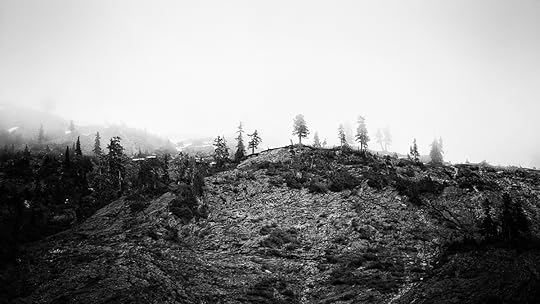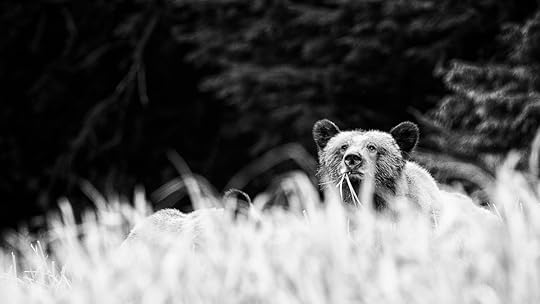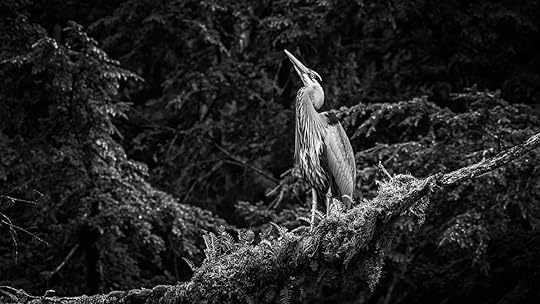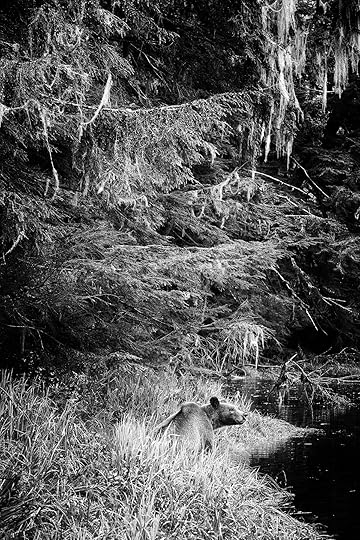The Khutzeymateen in Black and White
I’m just now back from another spectacular four days near the British Columbia / Alaska border, in the Khutzeymateen Inlet. Four too-short days with grizzlies I’ve been photographing now for 4 years. Spring came early this year and the estuary was unusually green and lush, full of life. Unlike last year Air Canada this year saw fit to put my luggage on the same planes as I, so my clothing came with me. Different from previous trips however, this time I went with mirrorless gear – 2 Fuji X-T1 bodies, and a X-Pro2 body, and lenses from 16mm to 800mm (35mm equivalent reach) – and was blown away by how well they performed. The gear seems to get in my way less and less with every advance, allowing me to spend even less time considering it, and more time being attentive to the wilderness, the bears, and the moments. Interestingly, there were 4 photographers there and we all had Fuji gear – not a DSLR in sight (8 Fuji bodies between the 4 of us).
I decided to work in black and white this time, the greens so lush that it’s hard not to be swept away so much by the colour that you see almost nothing else. I also like the less literal approach. So much wildlife photography feels illustrative to me, and misses the larger opportunities to communicate emotion or tell a story. Black and white feels like a good way, at least to my eye and heart, to do that. The images here were shot in RAW then converted in SilverEfex Pro.
It’s a short blog post, but I wanted to share some initial images and say hello. I know many are curious about the transition to mirrorless from DSLRs and until now, with the coming of larger lenses and faster focus, I’d have still preferred my Nikons, but I was very happy with how well these cameras and lenses did their job, got out of the way, and let me do mine. Any questions, feel free to ask.
Share this Post, Share the Love.









